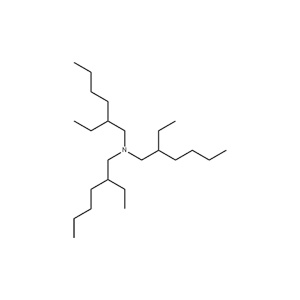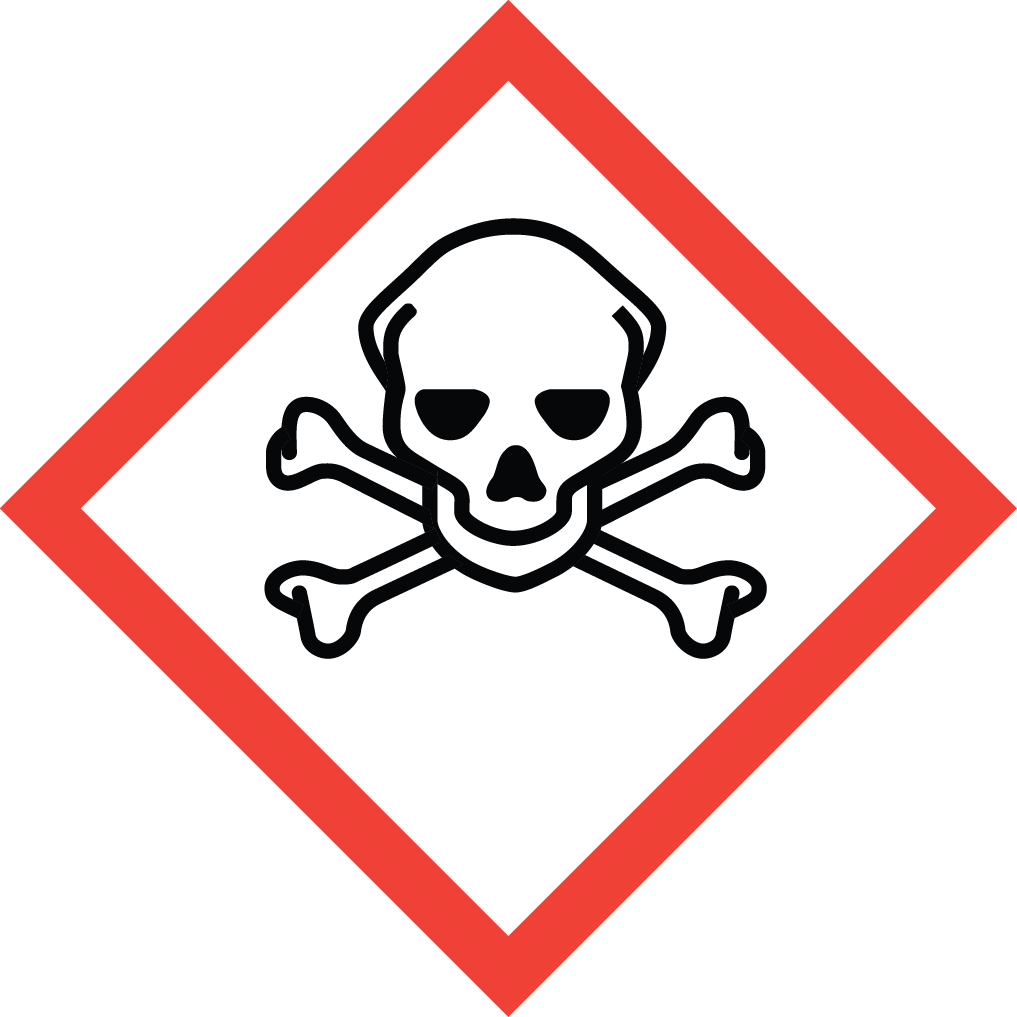Discover Aure Chemical's Premium Tri(2-ethylhexyl)amine Supply
Tri(2-ethylhexyl)amine is a high-molecular-weight branched tertiary amine widely used in solvent extraction,
surfactant production, lubricant additives, and specialty chemical synthesis. Its bulky hydrophobic structure
provides exceptional solubility in non-polar media, low volatility, and excellent performance in organic phase
reactions. Aure Chemical produces Tri(2-ethylhexyl)amine with strict quality control to meet the technical
and industrial requirements of global customers.
Basic Information of TEHA
TEHA (CAS No. 1860-26-0) is meticulously produced and rigorously tested to meet stringent quality standards. We ensure exceptional purity and consistent performance, essential for your critical applications:
| CAS No.: | 1860-26-0 |
|---|
| EC No.: | 217-461-0 |
|---|
| Linear Formula: | C24H51N |
|---|
| Molecular Weight: | 353.67 |
|---|
| Appearance: | Clear to pale yellow viscous liquid |
|---|
| Odor: | Amine-like odor |
|---|
| Melting Point: | -46°C |
|---|
| Boiling Point: | 120-125 °C(Press: 0.1 Torr) |
|---|
| Density: | 0.817 g/mL at 20 °C(lit.) |
|---|
| Solubility: | Fully soluble in hydrocarbons and most organic solvents; insoluble in water |
|---|
| Flash Point: | 163°C |
|---|
| RIDADR: | UN 2735 8/PG 3 |
|---|
| Chemical Structure: |  |
|---|
Application Overview
Tri(2-ethylhexyl)amine is valued for its hydrophobic tertiary amine structure, which makes it especially useful
in solvent extraction, hydrophobic chemical synthesis, and organic phase formulation. Key application areas include:
Solvent Extraction & Metal Separation:
Frequently used in liquid–liquid extraction systems for the separation of rare earth metals, non-ferrous metals,
and acidic organic compounds due to its effective complexation and phase-transfer behavior.
Surfactant & Emulsifier Raw Material:
Serves as a precursor for cationic and amphoteric surfactants in industrial cleaning, oil–water emulsification,
textiles, and chemical processing formulations.
Plastic Additives & Modifiers:
Used in formulations for plasticizers, antistatic agents, and polymer modification, improving flexibility and
compatibility with hydrophobic polymer matrices.
Lubricant & Fuel Additive Synthesis:
Incorporated into high-performance lubricant additive packages to enhance anti-wear performance, detergency,
and oxidative stability.
Oilfield Chemicals:
Effective in demulsifiers, paraffin inhibitors, asphaltene dispersants, and flow enhancers due to its hydrophobic
long-chain structure.
Organic Synthesis Intermediate:
Used to produce quaternary ammonium salts, amides, and hydrophobic modifiers in coatings, adhesives, and
specialty chemical formulations.
Research & Custom Chemical Applications:
Suitable for advanced synthesis projects requiring sterically hindered tertiary amines.
Why Choose Aure Chemical
Aure Chemical supports customers with advanced production capabilities, robust quality assurance,
and disciplined supply management to ensure dependable delivery of Tri(2-ethylhexyl)amine worldwide.
Our advantages include:
Precision Manufacturing: Produced under tightly controlled conditions to guarantee consistent
amine purity and excellent performance in extraction and synthesis applications.
Industry-Specific Customization: We offer tailored specifications based on extraction efficiency,
solvent compatibility, and formulation requirements.
High Reliability in Bulk Supply: Large-scale production capacity ensures stable availability
for long-term industrial consumption.
Strong Regulatory and Documentation Support: Full compliance documentation (COA, MSDS, REACH,
GHS) for global trade and application audits.
Professional Customer Partnership: Our technical and commercial teams work closely with clients
to optimize application performance and streamline procurement processes.
Hazards Classification
GHS Classification: Acute Toxicity, Oral (GHS06), Acute Toxicity, Dermal (GHS06), Skin Corrosion/Irritation (GHS05), Serious Eye Damage (GHS05)
Hazard Statements: Harmful if swallowed; harmful in contact with skin; causes severe skin burns and eye damage.
UN Number: UN 2735
Hazard Class: 8 (Corrosive Substances)
Packing Group: III
 GHS05: Corrosive
GHS05: Corrosive GHS06: Acute toxicity
GHS06: Acute toxicity
